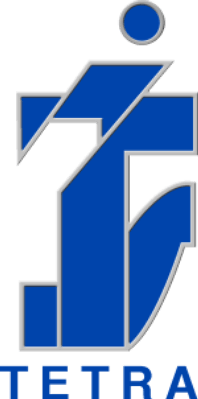What is a CMS?
A content management system which often referred to as CMS is software that helps users create, modify, and manage content on an online site without the need for specialized technical knowledge. In other words, a CMS could also be a tool that helps you build an online site without having to write down all the code from scratch.
Instead of building your system for creating sites, storing images, and other functions, the content management system handles all that basic infrastructure stuff for you so that you'll specialize in more forward-facing parts of your website.
CMS available in market
· Joomla
· WordPress
· Drupal
· WooCommerce
· Wix
· BigCommerce
How does Joomla work?
Joomla CMS may be a feature-rich content management system with a growing collection of over 8500 extensions. However, since every project is exclusive, repeatedly if you're building an internet site with Joomla. You may require additional functionality to achieve the goals of your website or communications portal project. Fortunately, Joomla is made with this need for extendibility in mind.
There are several areas within the Joomla CMS platform that allow you to feature virtually unlimited functionality. There are five types of extensions for Joomla: Components, Modules, Plugins, Templates, and Languages. Each of these kinds of extensions handles specific functionality unique to the Joomla CMS framework.
· Components: Components are the most important and most complex extensions of them all; they will be seen as mini-applications. Most components have two parts: a site part and an administrator part. Every time a Joomla page loads, one component is named to render the most page body. For example, Content (com_content) is that the component which handles the display of content; users can view at the frontend of your site, and, as an administrator, you'll edit the content. Components are the most portion of your page because a component is driven by a menu item and every menu item runs a component.
· Modules: Modules are more lightweight and versatile extensions used for page rendering. These modules are mostly referred to as the "boxes" that are arranged around a component, for instance, the login module. The footer is a module. Modules are assigned per menu item. So, you'll plan to show or hide the login module counting on which menu item the user is viewing. Sometimes modules are linked to components like the "latest news" module which links to the com_content and displays links to the most recent content items. However, modules don't get to be linked to components they do not even get to be linked to anything and maybe just static HTML or text.
· Plugins: Plugins are more advanced extensions and are in essence event handlers. In the execution of any neighborhood of Joomla, be it the core, a module or a component, an event is often triggered. When an occasion is triggered, plugins that are registered with the appliance to handle that event execute. For example, a plugin might be wont to intercept user-submitted articles and filter bad words. Plugins were known in Joomla! 1.0 as mambos.
· Templates: A template is the design of your Joomla! powered website. With a template, you'll change the design and feel of your website. Templates have certain fields during which the component (just one) and modules (as many as you like) are going to be shown. Templates are easy to create or customize and that they provide maximum flexibility in how you style your site.
· Languages: Probably the foremost basic extensions are languages. Languages are often packaged in two ways, either as a core package or as an extension package. In essence, these files contain key/value pairs, these pairs provide the interpretation of static text strings which are assigned within the Joomla! source code. These language packs will affect both the front and the administrator sides.
Why the number of organizations using Joomla CMS is increasing?
Joomla is a highly flexible CMS with a bunch of benefits. Joomla offers a more advanced system for user access controls and user management out of the box. Joomla’s components and modules offer you a touch more flexibility for displaying non-standard content types. Joomla has multilingual support built-in to the core. Joomla allows you to use different templates for various pieces of content. These are some of the reasons why an increasing number of organizations are using Joomla for their CMS-based websites.





